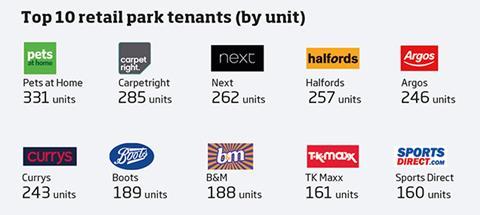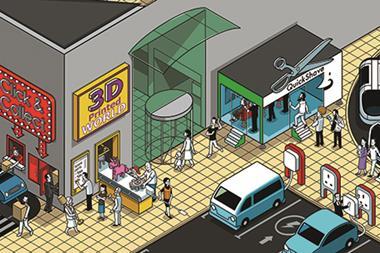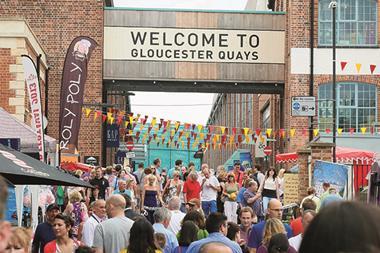The retail park has never been the most glamorous of shopping destinations. It hasn’t needed to be. Its purpose historically has been purely to be accessible and convenient; somewhere shoppers can drive to, load up their new washing machine and drive out again.

But in the age of internet shopping and click & collect, consumers have moved on and retailers and landlords have had to adapt to stay relevant.
The question is: how do you make what is essentially a giant car park surrounded by retail sheds a more attractive place in which to spend time?
One way is to improve the offer and that is exactly what operators have done. While the DIY and furniture stores remain, they now sit alongside a more varied mix of fashion, food and service-led retail.

As well as offering a more engaging shopping experience, retailers and operators are also looking to the future - a key theme at this year’s Accessible Retail Conference, entitled ‘Trading Places’. Imagine a retail destination that grows its own vegetables, develops its own software to communicate with shoppers and caters mainly to drivers of electric vehicles.
It may sound implausible but it is not as far off as some think. Standing still is dangerous in this fast-paced world of ours and out-of-town players aren’t about to succumb to obsolescence.

Most acknowledge there is still a way to go, but that equally, retail parks have come a long way. Indeed, these days they are increasingly resembling shopping centres and while some experts predict that cars will simply go electric, others envisage completely car-free parks.
That would make them more than resemble out-of-town shopping centres, wouldn’t it? The lines are definitely blurring.
Mia Hunt is Property Week’s market reports editor





























No comments yet